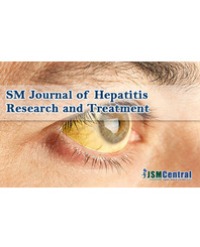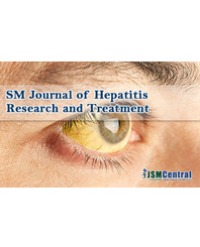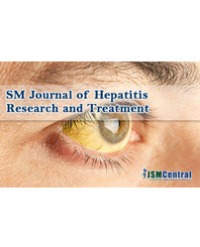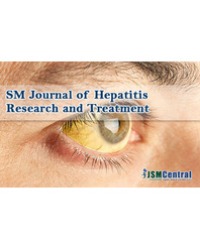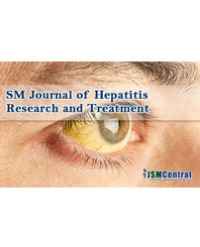
The Impact of IL28B Single Nucleotide Polymorphism on Antiviral Response in HCV Genotype 2 or 3
Background and Aim: This study aimed to relate the impact of IL-28B SNP in HCV genotype 2 (GT2) and 3 (GT3) associated with the degree of liver fibrosis, according to Metavir score and sustained virologic response (SVR).
Methods: This cross-sectional study conducted between January 2012 and December 2014, which involved 103 patients treated in the center of application and monitoring of injectable drugs from the city of Rio Grande/ RS-Brazil. The analysis of the region rs12979860 IL-28B, PCR was performed according to the technique of Moreira et al, 2012.
Results: Caucasian patients showed 3.15 times greater chance of having SVR than the non-Caucasian ones (p = 0.046). Patients with higher degrees of fibrosis (F3/F4) obtain lower rates of SVR. Among the GT3, SVR was 84% in patients with lower degrees of fibrosis (F0/F1/F2) and 67.7% in patients with higher degrees of fibrosis. The GT3 showed fibrosis F3/F4 almost twice more than those with GT2 (59.7% versus 33.3%). Patients with a IL-28B CC genotype had about 3.8 times higher chance to present SVR compared to those patients with IL-28B TT genotype. The chance for advanced fibrosis in patients with TT genotype of the IL-28B was 3.6 times higher than in patients with CC genotype.
Conclusions: The results obtained in this study indicate the need of permanent search for predictive response factors to antiviral treatment of genotype 3 patients, especially those with higher degrees of fibrosis, even in the age of direct-acting antivirals.
Deise Machado dos Santos¹, Nayle Maria Oliveira da Silva²*, Rubens Caurio Lobato³, Luanna Elisa Liebscher Vidal⁴, Elisa Moraes Batista⁵, Mateus da Rocha Rodrigues⁶, Carolina Fischer Cunha⁶, Andrea Delfino Torres⁷, Vanusa Pousada da Hora⁸, Andre Felipe Andrade dos Santos⁹ and Ana Maria Barral de Martinez⁸

